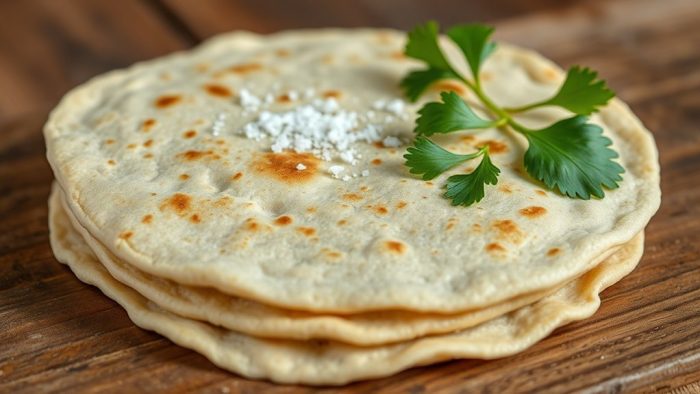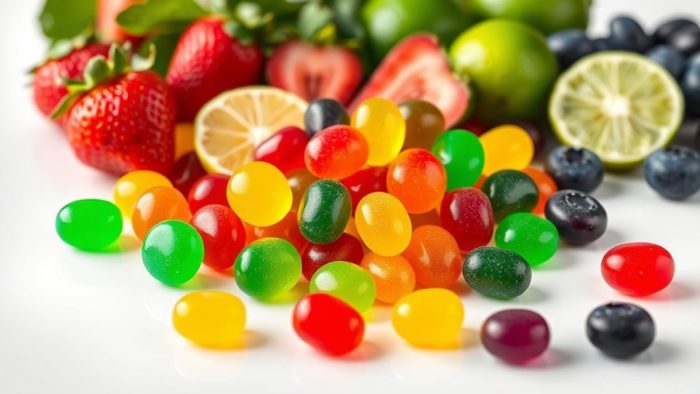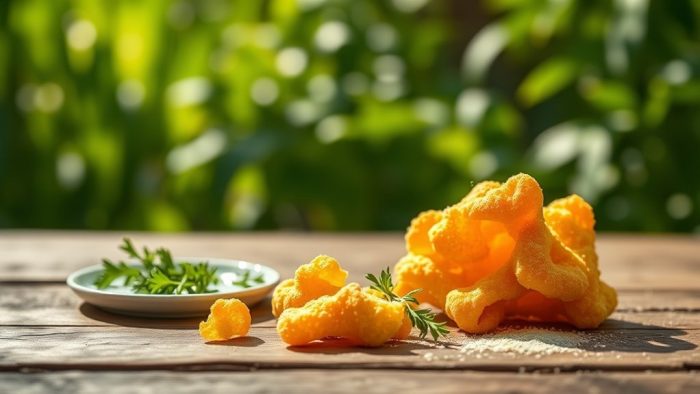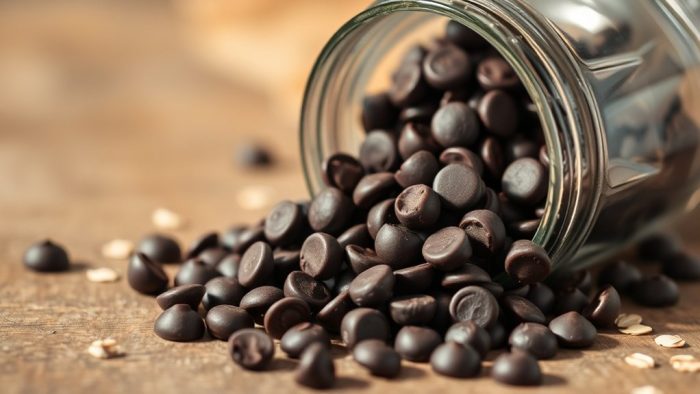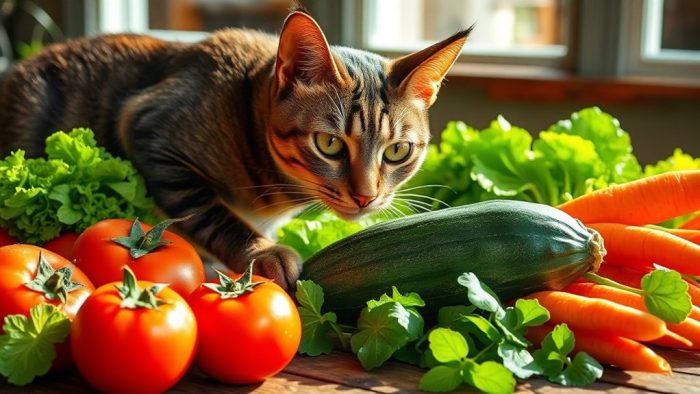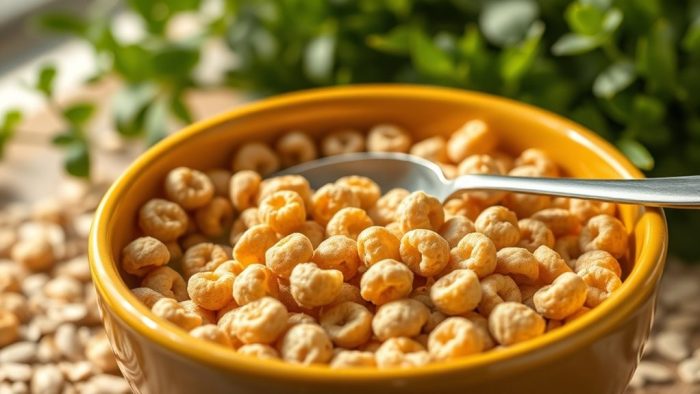Is Onion a Veg
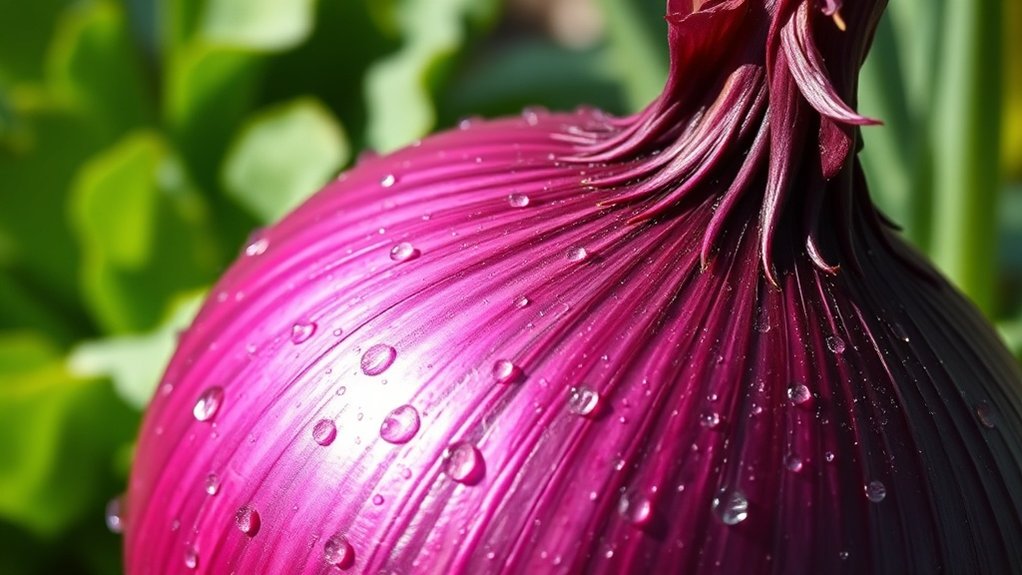
Yes, onion (*Allium cepa*) is classified as a vegetable in culinary and commercial contexts, though you’ll find it’s botanically a modified bulb structure that technically qualifies as a fruit since it develops from the plant’s flower ovary. You’re dealing with a member of the Allium genus that’s universally treated as a vegetable due to its savory applications in cooking rather than botanical technicalities. This bulbous perennial provides significant nutritional benefits through quercetin antioxidants, vitamin C, and dietary fiber while maintaining vegan-compliant status, though certain dietary restrictions may apply based on your specific health conditions or spiritual practices.
Understanding the Botanical Classification of Onions
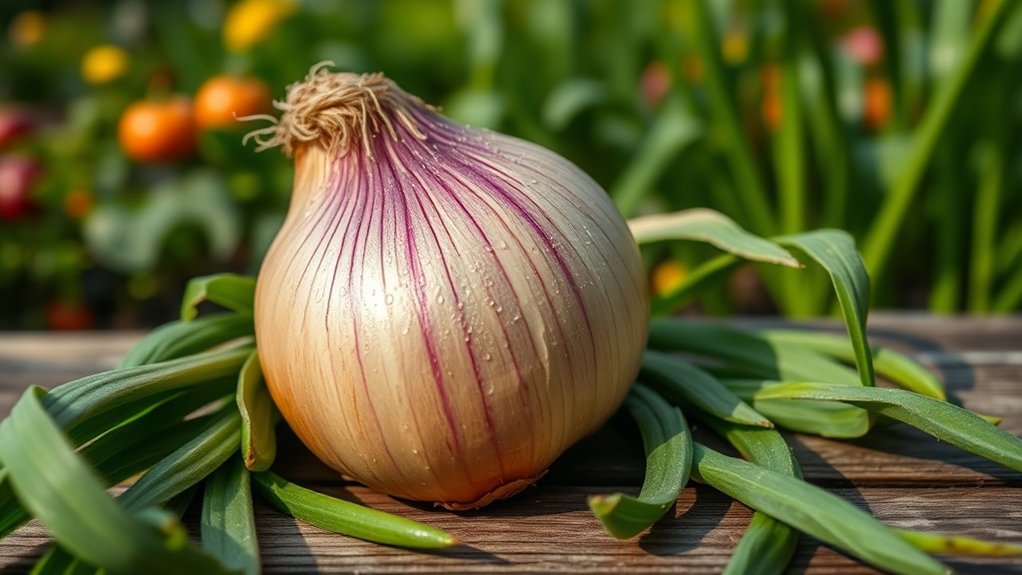
You’ll find that botanical classification distinguishes onions as bulb vegetables based on their subterranean growth pattern and harvestable storage organs. The Allium genus encompasses related species including garlic, leeks, and chives, all sharing similar morphological characteristics.
Despite developing from flower ovaries and producing seeds—technically qualifying them as fruits botanically—their culinary usage in savory preparations overrides this classification in practical contexts.
Understanding this taxonomic complexity helps you appreciate onions’ diverse nutritional benefits, including significant concentrations of vitamins and antioxidants within their layered bulb structures.
Culinary Classification: Why Onions Are Treated as Vegetables
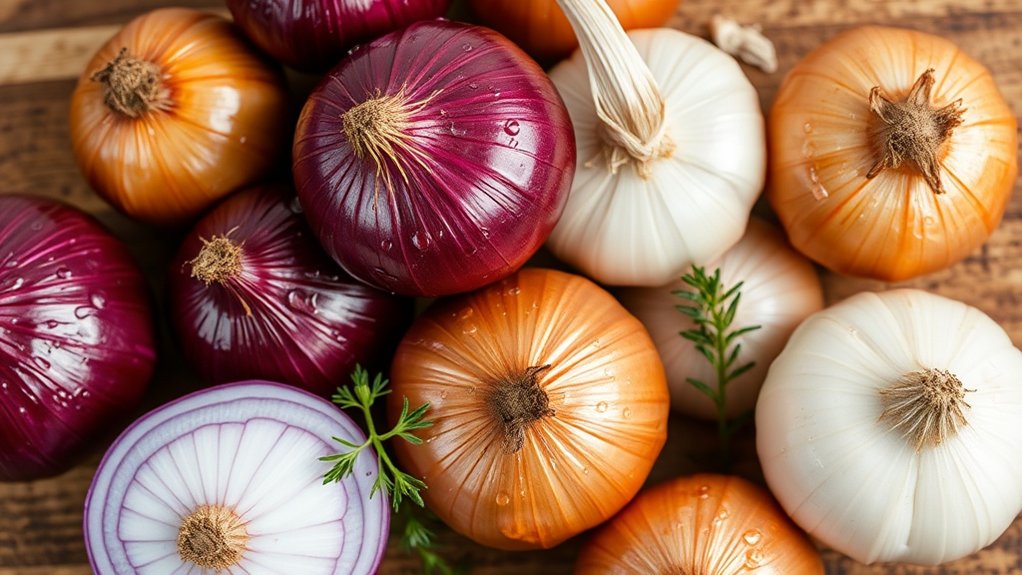
While *Allium cepa* maintains its botanical status as a fruit based on its developmental origin from floral ovaries, culinary classification categorizes it definitively as a vegetable through its savory flavor profile and non-dessert applications.
You’ll find onions a vegetable in practical cooking contexts because they’re commonly used in savory preparations—soups, stews, and salads—where they fulfill an integral role as flavor enhancers rather than sweet components.
Their membership in the Allium family alongside garlic and leeks reinforces this vegetable designation within culinary taxonomy.
The distinct sulfurous compounds and pungent aromatics of *Allium cepa* position it functionally as both a primary ingredient and aromatic base in countless recipes, demonstrating versatility that aligns with vegetable applications rather than fruit-based preparations.
This culinary classification reflects practical usage over botanical technicalities.
The Allium Family: Onions and Their Botanical Relatives
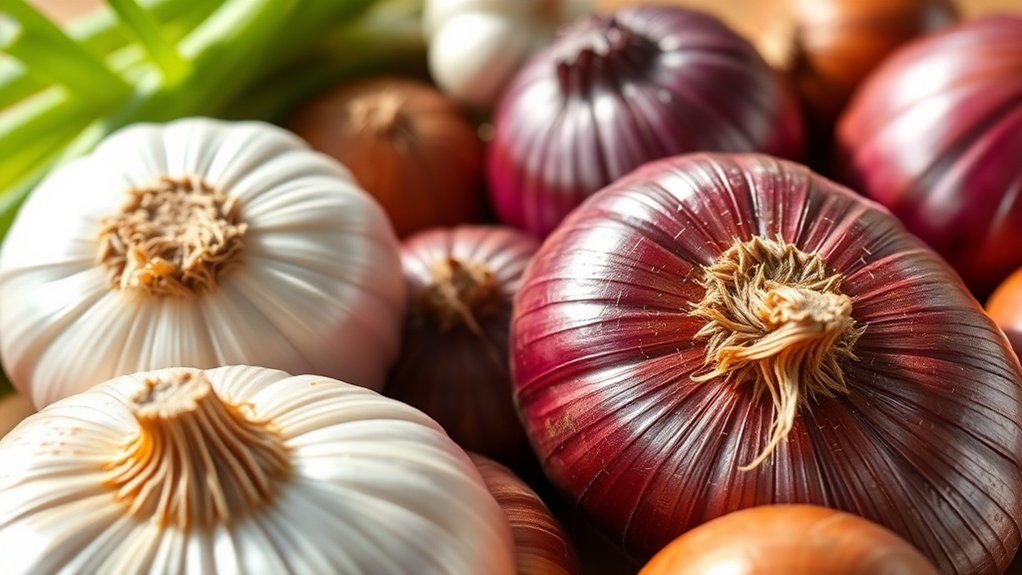
Within the genus *Allium*, which comprises approximately 850 species distributed across temperate regions of the Northern Hemisphere, *Allium cepa* represents the most economically significant member alongside its taxonomic relatives *A. sativum* (garlic), *A. porrum* (leek), *A. schoenoprasum* (chives), and *A. ascalonicum* (shallot).
These botanical relatives share organosulfur compounds, particularly allicin and its derivatives, which confer anti-inflammatory properties and substantial health benefits.
You’ll find the Allium family exhibits remarkable culinary versatility across global cuisines, with each species offering distinct flavor profiles derived from varying concentrations of sulfur-containing metabolites.
The cultivars of onions—yellow, red, and sweet varieties—demonstrate phenotypic diversity while maintaining common phytochemical characteristics.
Research indicates regular consumption of Allium vegetables correlates with reduced incidence of cardiovascular disease and certain malignancies, attributable to their antioxidant capacity and bioactive compounds.
Nutritional Profile and Health Benefits of Onions
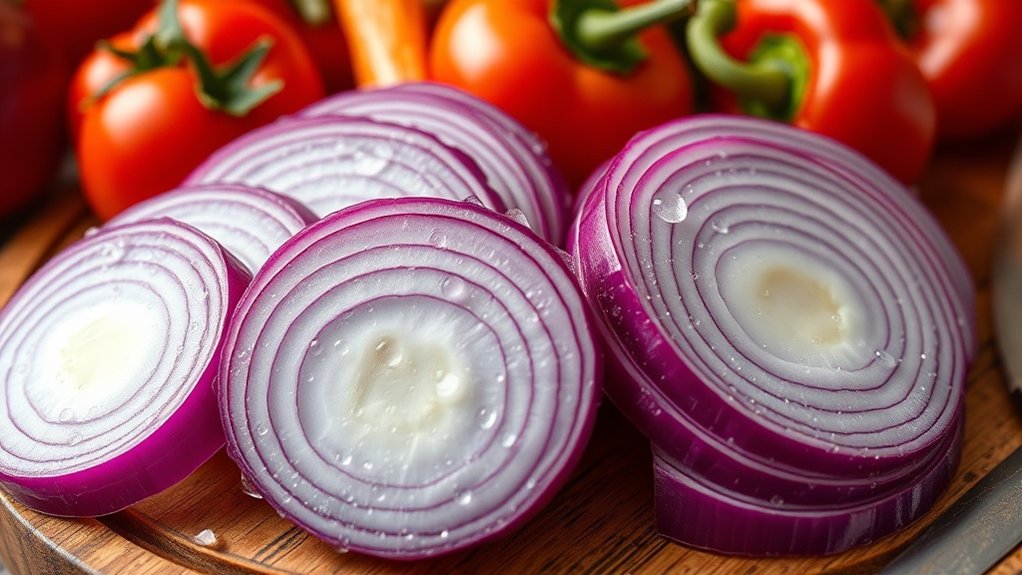
The bioactive compound quercetin, a flavonoid antioxidant, demonstrates significant anti-inflammatory properties.
These antioxidants reduce inflammation through inhibition of oxidative stress pathways, supporting cardiovascular function and potentially attenuating carcinogenic processes.
Clinical observations link regular *Allium* consumption to improved osseous mineral density and reduced low-density lipoprotein cholesterol concentrations.
This polyphenolic profile establishes onions as therapeutically relevant for heart health optimization and systemic inflammatory modulation.
Common Varieties of Onions and Their Characteristics
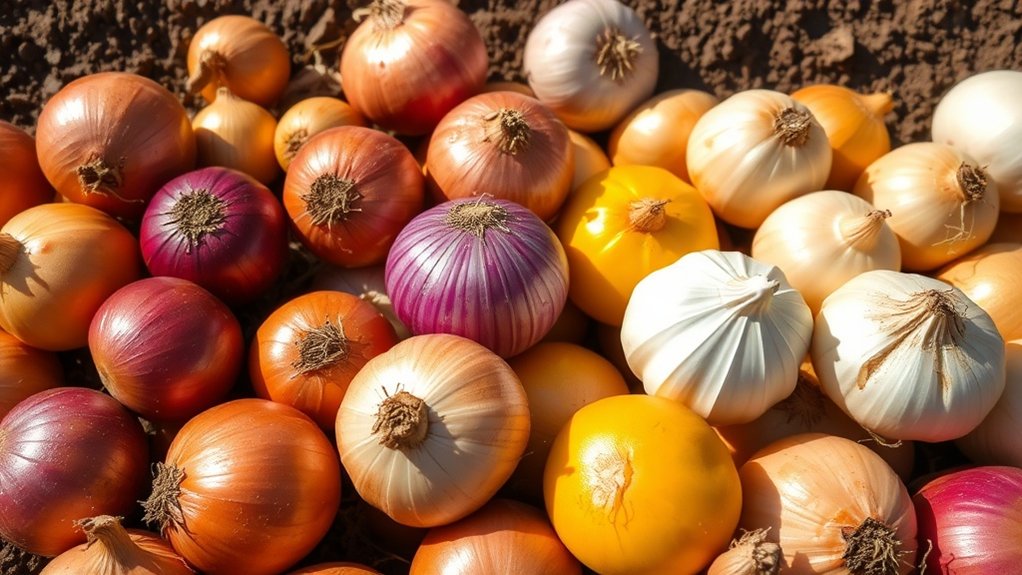
Cultivar differentiation within *Allium cepa* produces distinct organoleptic profiles and phytochemical concentrations that determine ideal culinary applications.
Among common types, yellow onions dominate commercial markets due to their robust sulfur compound content, making them best for thermal processing in soups and stews.
White onions exhibit reduced pungency with increased cellular tenderness, positioning them favorably for raw preparations including salsas.
Sweet onions—specifically Vidalia and Walla Walla cultivars—contain heightened fructose levels and diminished pyruvic acid concentrations, yielding their characteristic mild sweetness for salads and sandwiches.
Red onions provide anthocyanin pigmentation alongside moderate pungency, serving both aesthetic and flavor roles in raw applications and grilling.
Green onions (*Allium fistulosum*) represent a distinct species offering immature bulb structures with chlorophyll-rich foliage, providing delicate flavor improvement in stir-fries and garnishes.
Are Onions Vegan? Addressing Plant-Based Diet Questions
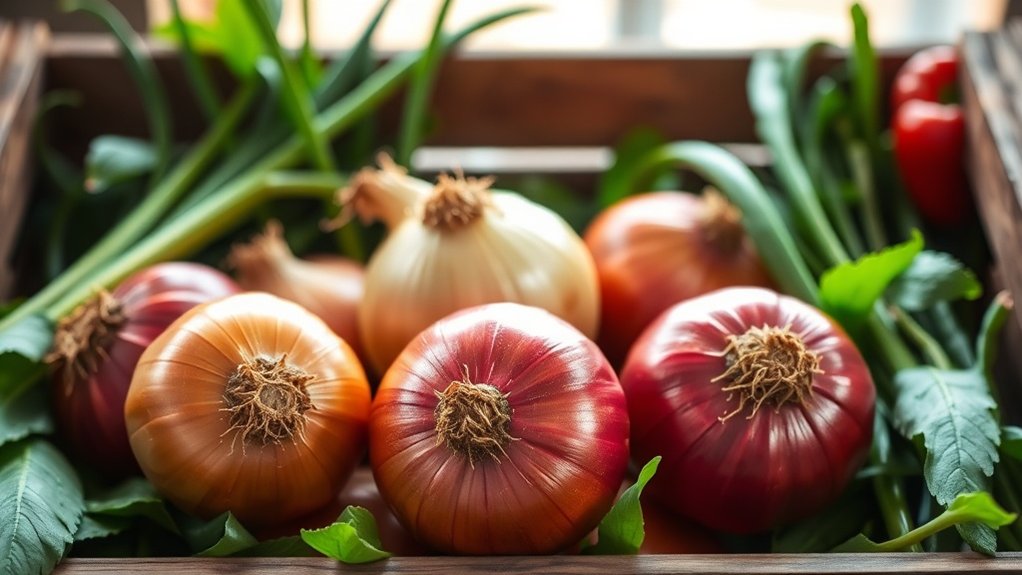
You must understand that vegan dietary standards (sensu stricto) exclude all products derived from the Animalia kingdom, while Allium cepa belongs to the Amaryllidaceae family within Plantae.
The taxonomic classification of onions definitively establishes their eligibility for plant-based consumption protocols, though misconceptions persist regarding the vegan status of certain botanical food sources.
We’ll examine the scientific criteria that validate onions’ compliance with vegan nutritional frameworks and address common taxonomic confusion affecting dietary determinations.
Defining Vegan Dietary Standards
When evaluating whether *Allium cepa* qualifies as vegan, taxonomic classification provides unequivocal resolution: onions meet all criteria defining plant-based foods within vegan dietary frameworks.
Vegan dietary standards exclude all animal-derived products—meat, dairy, eggs, and byproducts—while permitting botanical specimens cultivated without animal exploitation. As onion a vegetable and part of the Allium genus, this bulbous species contains no animal derivatives in its cellular structure or cultivation processes.
You’ll find *Allium cepa* provides substantial nutritional density: vitamin C (8.1 mg per 100g), potassium (146 mg), and dietary fiber (1.7g). These plant-based specimens remain remarkably low in calories (40 kcal/100g raw), making them ideal for vegan diet adherence.
The absence of animal involvement in onion production definitively categorizes them within accepted vegan parameters.
Onions in Plant-Based Eating
*Allium cepa* demonstrates complete compatibility with plant-based dietary protocols through its botanical origin and cultivation methodology.
You’ll find onions are very low in calories while delivering substantial vitamins and minerals, including ascorbic acid (vitamin C), pyridoxine (B6), and potassium.
These bulbous vegetables contain diverse plant compounds exhibiting antioxidant and anti-inflammatory properties, supporting physiological homeostasis within vegan nutritional frameworks.
Different types of onions—yellow, red, white, and shallots—offer varying phytochemical profiles, particularly quercetin concentrations that help lower oxidative stress markers.
Their sulfur-containing compounds contribute to cardiovascular benefits without compromising plant-based principles.
As non-sentient botanical organisms requiring no animal exploitation during production, *Allium cepa* species represent ideal vegan ingredients across global culinary applications, from raw preparations to thermally processed dishes.
Common Vegan Diet Misconceptions
Why do certain dietary communities question the vegan status of *Allium cepa* when its classification as plant matter appears taxonomically unambiguous?
Common vegan diet misconceptions arise from confusion regarding flavor intensity rather than botanical origin. You’ll find that onion’s pungency, derived from sulfur-containing compounds, doesn’t compromise its plant-based credentials.
These members of the Amaryllidaceae family deliver essential nutrients including quercetin and other antioxidants that improve vegan nutritional profiles. Their classification as flavor enhancers in culinary applications stems from enzymatic reactions producing organosulfur compounds, not animal-derived substances.
You can confidently incorporate *Allium cepa* into your dietary regimen, as its cellular composition contains no animal proteins, lipids, or exploitation byproducts.
The misconception persists primarily among those unfamiliar with phytochemical properties distinguishing plant tissues from animal-derived products.
Why Some People Avoid Onions: Dietary and Religious Considerations
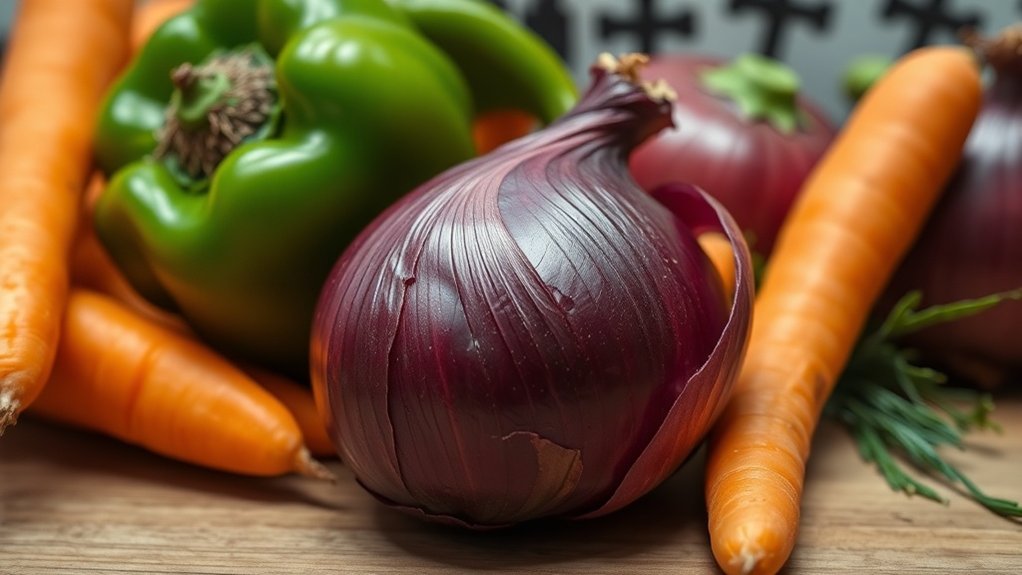
While *Allium cepa* contains valuable phytonutrients, you’ll find that certain populations must restrict its consumption based on physiological or doctrinal imperatives.
The high fructan concentration in onion bulbs can exacerbate symptoms in individuals with irritable bowel syndrome (IBS), triggering osmotic effects and bacterial fermentation in the gastrointestinal tract.
Additionally, specific religious traditions—particularly Jain dharma and certain Ayurvedic practices—classify root vegetables as prohibited foods due to their classification as organisms harboring multiple souls or their rajasic properties that disrupt spiritual equilibrium.
Digestive Health and IBS
Despite *Allium cepa*’s widespread culinary integration, significant subpopulations must restrict or eliminate its consumption due to documented physiological responses.
If you experience irritable bowel syndrome (IBS), consuming onions regularly may trigger digestive discomfort through their heightened fructan concentration—a soluble fiber your gastrointestinal tract struggles to process efficiently.
Consider these evidence-based management strategies:
- Thermal processing: Cooking reduces fructan content, though nutritional density decreases proportionally.
- Low-FODMAP diet implementation: Systematic elimination protocols identify your personal tolerance levels.
- Symptomatic monitoring: Document bloating, gas, and abdominal distension patterns following *Allium cepa* ingestion.
For IBS management, understanding your individual fructan sensitivity remains paramount.
While complete avoidance represents the conservative approach, controlled reintroduction under clinical guidance may reveal acceptable consumption thresholds without compromising your digestive health.
Religious and Cultural Restrictions
These cultural and dietary restrictions reflect sophisticated philosophical systems linking consumption patterns to consciousness states.
You’re observing practices where alimentary choices serve as instruments for spiritual development. Such theological perspectives extend beyond mere preference, constituting fundamental aspects of religious identity where *Allium cepa’s* biochemical properties—particularly organosulfur compounds—are perceived as obstacles to transcendental practices and contemplative disciplines.
Culinary Applications and Cooking Methods for Onions
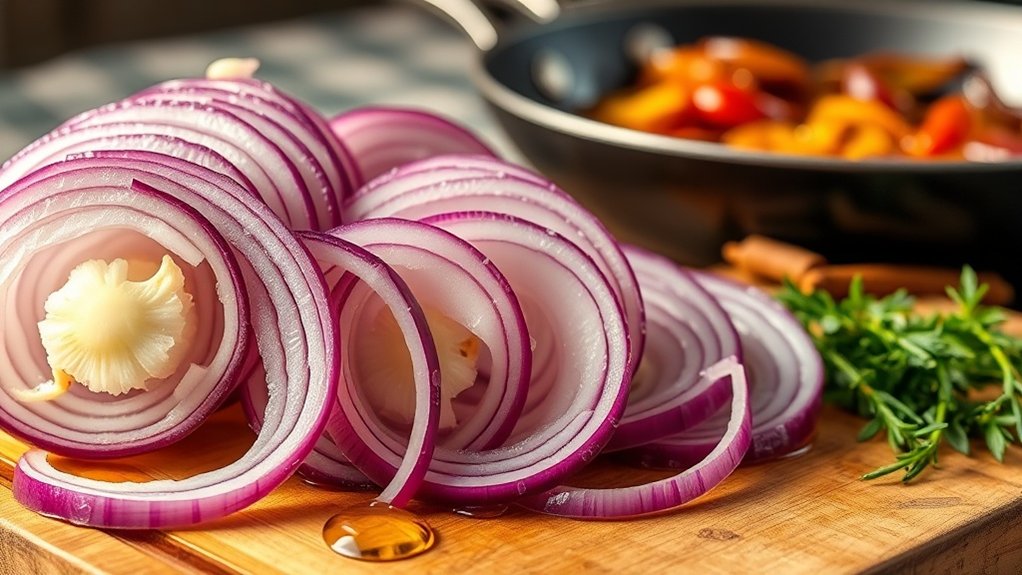
Allium cepa demonstrates remarkable thermal plasticity across multiple preparation methodologies, fundamentally altering its organoleptic properties through controlled application of heat.
You’ll find onions serve as foundational aromatics in classical mirepoix configurations, while cooking methods like sautéing and caramelization transform their sulfurous pungency into complex sweetness through Maillard reactions.
Different cultivar classifications yield distinct flavor profiles for diverse culinary applications:
- Yellow onions (Allium cepa var. cepa) provide robust baseline aromatics for stocks and braises.
- Red varieties deliver anthocyanin pigmentation ideal for raw preparations in salads.
- Sweet cultivars contain heightened sugar concentrations suitable for caramelization protocols.
You can utilize raw onions for textural contrast in fresh preparations, while pickled applications through acetic acid preservation create acidic counterpoints.
Dehydrated onion powder concentrates volatile compounds for seasoning applications.
Proper Storage and Preparation Techniques for Onions
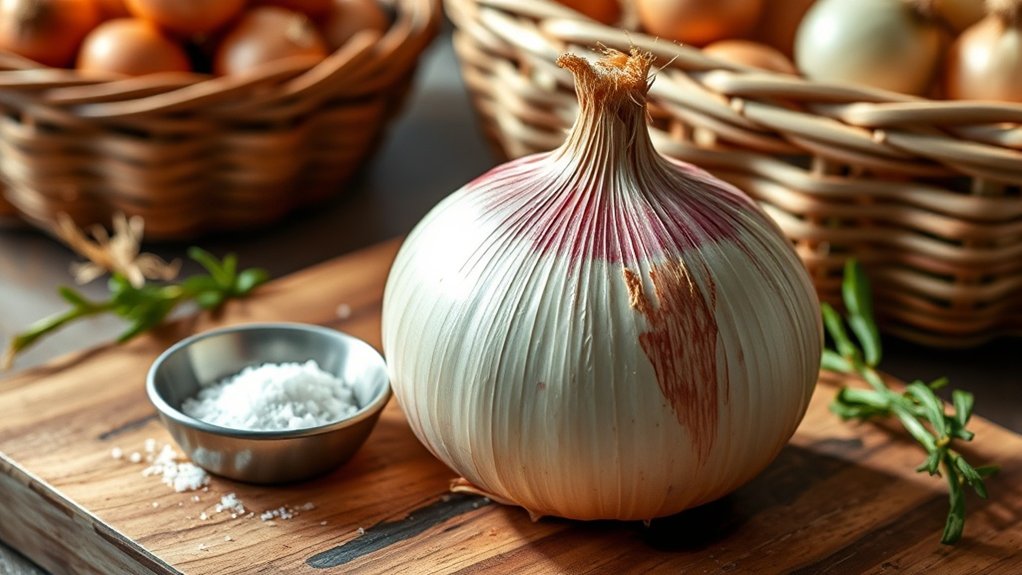
Ideal preservation of Allium cepa specimens requires precise environmental control parameters that directly influence cellular degradation rates and enzymatic activity.
You’ll maximize longevity through proper storage at 0°C to 4°C in dark, well-ventilated conditions. Peeled onions maintain quality for 10-14 days when refrigerated in airtight containers, while chopped onions require plastic wrapping and consumption within 10 days.
When cutting onions, employ root-to-root sectioning methodology after removing papery outer layers to enhance nutrient retention. You can neutralize lachrymatory sulfur compounds by refrigerating specimens 30 minutes pre-preparation or utilizing water submersion techniques.
Cooked onions demand refrigerated storage in sealed containers, with recommended consumption within five days to prevent bacterial proliferation and maintain organoleptic properties.
These protocols guarantee superior preservation and preparation outcomes.
